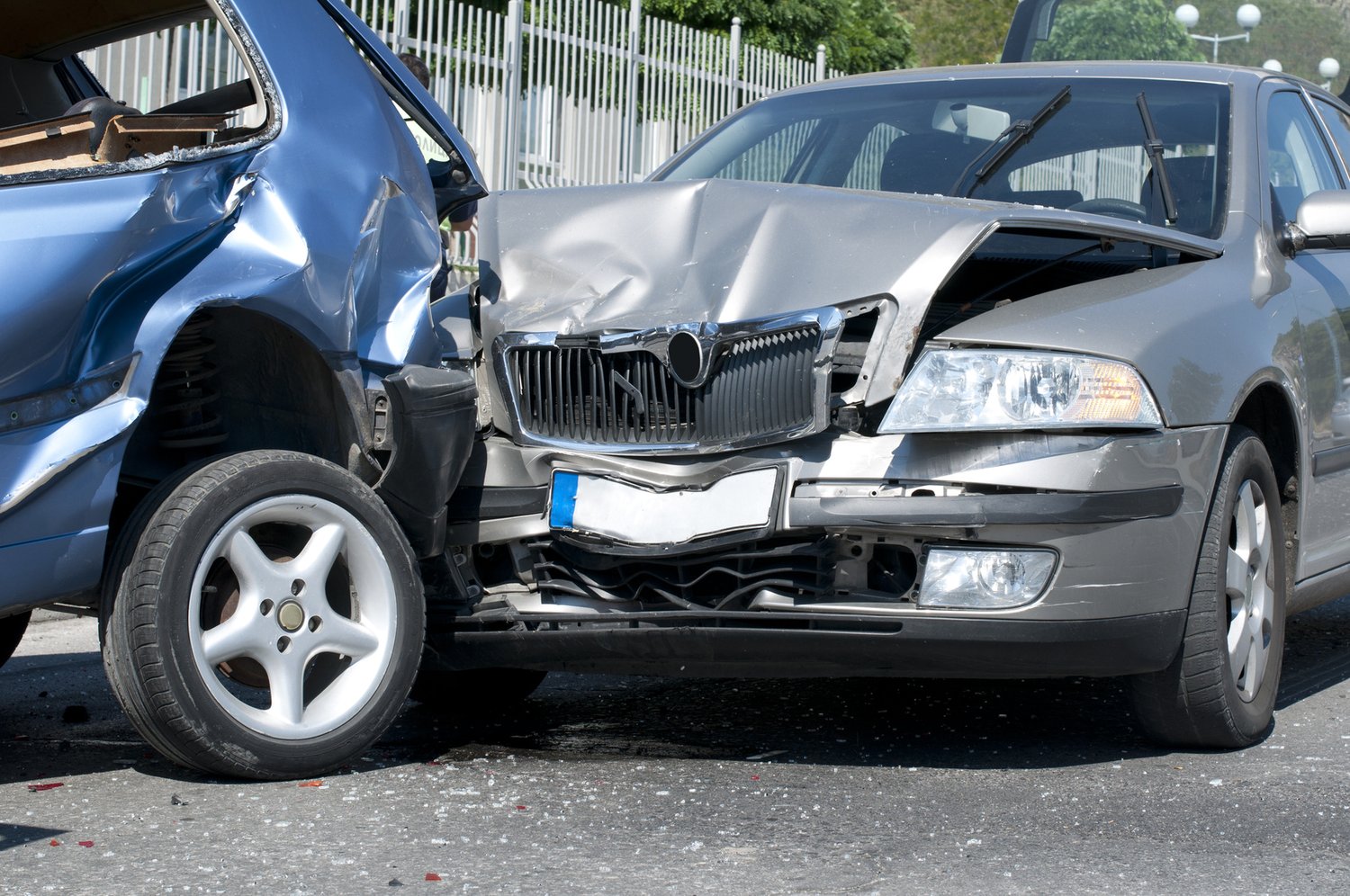Comparative negligence is a legal concept used to determine fault and damages in a civil lawsuit. In essence, it assesses the degree of fault of each party involved in an incident and assigns a proportion of the liability.
This key principle in tort law allows the court to distribute the responsibility for an accident or injury among all parties involved based on their respective contributions to the situation.
Understanding how comparative negligence works is crucial for both plaintiffs and defendants as it directly affects the final judgment. When dealing with comparative negligence law, thorough evidence gathering and strong legal representation are critical to accurately establish the degrees of fault.
What Comparative Negligence Means for a Case
In a personal injury case, comparative negligence can significantly influence the outcome of a lawsuit, and it can either increase or decrease the amount of compensation a plaintiff can receive. If a court finds that a plaintiff is partially at fault, their damage award will be reduced by their percentage of fault.
For example, if a plaintiff is found to be 20% at fault for an accident and the total damages are $100,000, they would only be entitled to receive $80,000.

Types of Comparative Negligence Rules
Pure Comparative Negligence Rule
Pure comparative negligence is a form of comparative negligence where a party can recover damages, even if they are 99% at fault. Unlike other models, there is no threshold that prevents someone from collecting damages, which may include medical expenses, wrongful death, or lost wages.
However, the recovery amount is reduced by the degree of the plaintiff’s fault. For instance, if a plaintiff is found to be 50% at fault in an accident with total damages of $100,000, they would receive $50,000. This model follows the principle that every party should bear the burden of their own negligence, no matter how significant their fault might be.
Modified Comparative Negligence Principle
Modified comparative negligence is another form of comparative negligence that sets a maximum limit on the plaintiff’s fault. There are two main types of this model: the 50% rule and the 51% rule.
In the 50% rule, a plaintiff cannot recover damages if they are found to be 50% or more at fault. Meanwhile, in the 51% rule, a plaintiff can’t recover if they are 51% or more at fault.
For example, under the 51% rule, if a plaintiff is found to be 50% at fault with total damages of $100,000, they would receive $50,000. But if they are found to be 51% at fault, they would not be able to recover any damages.
This model follows the principle that a party who holds the majority of the fault should not be eligible for compensation. Each state has its own adopted rule, making it important to understand local laws when dealing with a comparative negligence case.

Contributory Negligence Rule
Contributory negligence is a more rigid legal doctrine than comparative negligence. Under this rule, if a plaintiff is found to be at all at fault for an incident – even merely 1% – they are barred from recovering any damages. Essentially, if the plaintiff contributed in any way to the accident or injury, they forfeit their right to seek compensation.
This doctrine is viewed as harsh and is less commonly used today, with only a few jurisdictions in the United States still adhering to it. The rationale behind contributory negligence is that a person has a duty to act reasonably and failing to do so, leading to their own injury, should preclude them from receiving compensation.
However, there are some exceptions to this rule, such as the “last clear chance” doctrine, which may allow a plaintiff to recover damages if the defendant had the final opportunity to avoid the accident but failed to do so. As with other forms of negligence, understanding the specifics of local laws – or having an experienced attorney by your side- is essential when dealing with a case involving contributory negligence.
Examples of Comparative Negligence
Comparative Negligence Example 1

Consider a car accident scenario where two drivers were involved. Driver A was texting while driving and Driver B, although adhering to the speed limit, failed to signal while changing lanes, and both actions resulted in a collision.
In court, it was determined that Driver A was 70% at fault for the accident due to distracted driving, and Driver B was 30% at fault for not signaling the lane change. If the total damages were valued at $100,000, applying the principle of comparative negligence, Driver A could claim $30,000 while Driver B could claim $70,000.
Comparative Negligence Example 2

Let’s consider another scenario where a pedestrian and a cyclist are involved in an accident. The pedestrian, engrossed in their phone, steps into a bike lane without looking. At the same time, the cyclist, speeding and not paying full attention to their surroundings, collides with the pedestrian.
In court, it is determined that the pedestrian is 40% responsible for the accident because of their distraction, while the cyclist is 60% at fault for not observing their path and exceeding the speed limit. If the total damages were assessed at $50,000, applying the principle of comparative negligence, the pedestrian can claim $30,000 (60% of total damages), and the cyclist can claim $20,000 (40% of total damages).
Get Help from a Spring Hill Personal Injury Lawyer
At Lowman Law Firm, our hometown team of personal injury lawyers is here to help Florida accident victims in Spring Hill, Dade City, and Brooksville. With decades of experience, we’re here to fight for you and to help you get the compensation you deserve. If you or a loved one were the injured victim in an accident, contact us today for a free consultation for your personal injury case.

